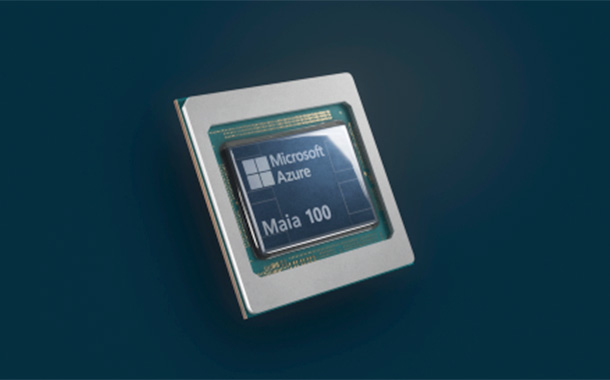Businesses across the region are now in the process of rapidly enabling teleworking and remote productivity solutions to maintain business and operational continuity with high levels of security. This can be a complicated process when expediency is so critical. To complicate the process further, businesses in the region need to provide a growing number of remote workers with more than just a secure connection back to the core network or datacentre resources they are used to be remotely connecting to.
As an increasing number of applications are also being hosted in the cloud, organisations need to consider providing secure remote connectivity directly to those applications rather than backhauling those applications through the core network. Direct connectivity will not only reduce the load on the network, but also improve overall user experience, especially for high-bandwidth or latency-sensitive applications.
A unique secure solution for all deployment scenarios
Deploying large-scale VPN solutions for remote users enable simple access, segmenting users based on role, security profile, and the content and resources they require are first-order tasks. Teams also need to identify users that require special access to resources, like power users, such as system administrators, IT support technicians, and emergency personnel who require a higher level of access to corporate resources and the ability to operate in multiple, parallel IT environments.
Or workers that process extremely sensitive and confidential information or require advanced access to confidential corporate resources, such as administrators with privileged system access, support technicians, key partners aligned to the continuity plan, emergency personnel, and executive management, and those users that require site-based access.
These considerations require thinking about the entire network architecture, from cloud to on-premise to endpoint. Fortinet addresses these and similar requirements by providing a flexible operating system that is consistent across form factors, whether deployed in the cloud, on-premise, or in a power user’s home office, and whose management can be centralised for policy orchestration, VPN templating, and user segmentation.
Enabling a multi-pronged security approach
Our customers who deploy FortiGate solutions in the cloud, on-premise, or at remote locations are able to take advantage of its single pane of glass management, enabling the control and orchestration of multiple firewalls across locations to establish and maintain consistent security and user experience. We understand that business performance largely depends on user productivity, access to content and applications, at any location, at any time. With remote access and the ability to manage performance across locations using Secure SD-WAN as a core capability the Fortinet Security Fabric securely provides flexible options for mobile and fixed access to cloud resources at massive scale.
Leveraging existing innovations
Addressing new or increased capacity requirements due to growing demand for applications hosted in the cloud as well as SaaS services can seem like a significant challenge. But by leveraging the innovation and capabilities in their existing technology investments, organisations can often address a majority of their requirements without significant additional overhead. Businesses that have invested in Fortinet’s Security Fabric architecture have access to all the necessary tools in a single pane of glass management system. It enables them to fine tune their existing configurations and environments to address urgent and increasing needs, while addressing critical business requirements, providing the organisation with the lifeline they need to effectively and securely support their increased remote worker communities.
By Alain Penel, Regional Vice President, Middle East, Fortinet.



















